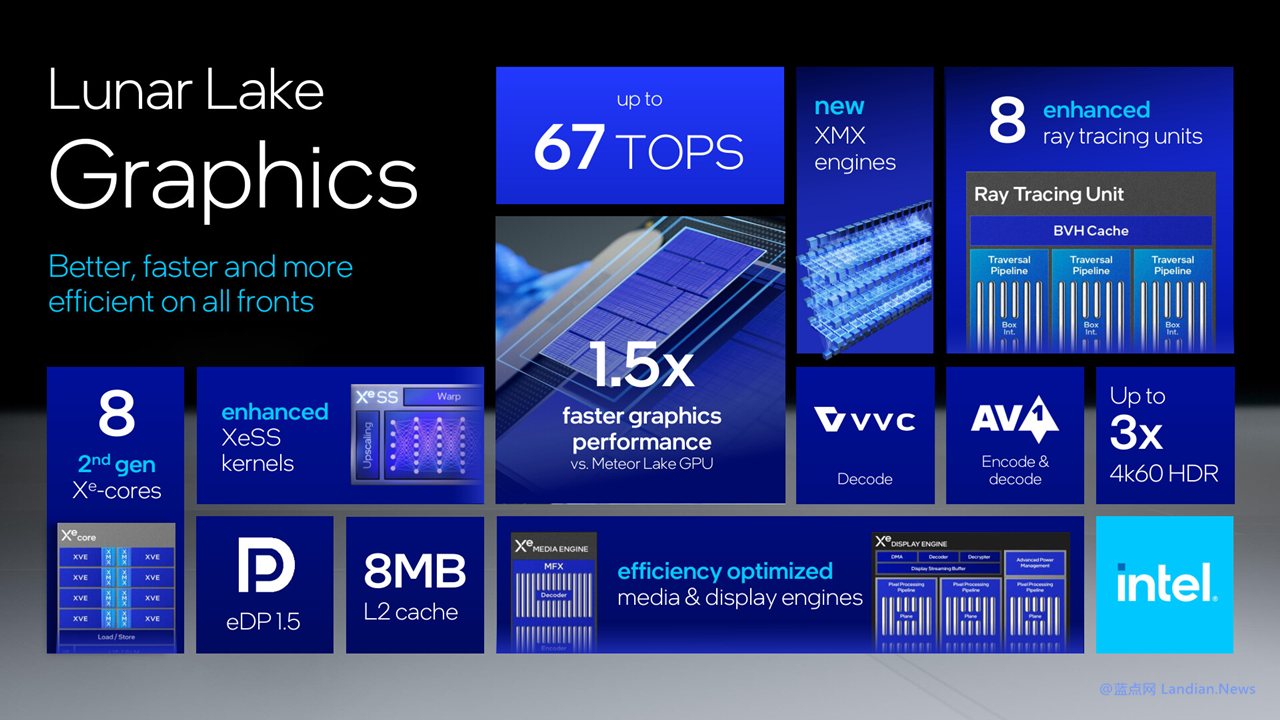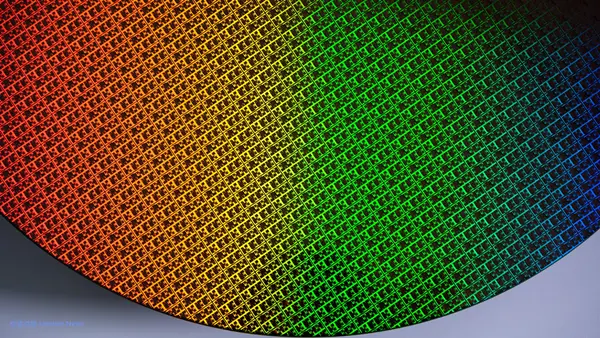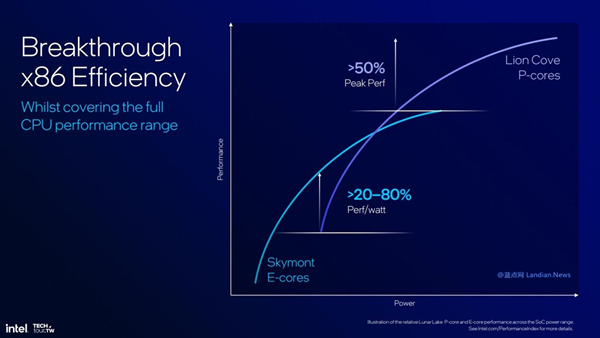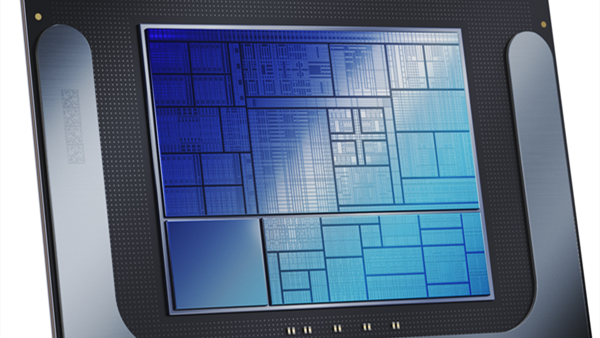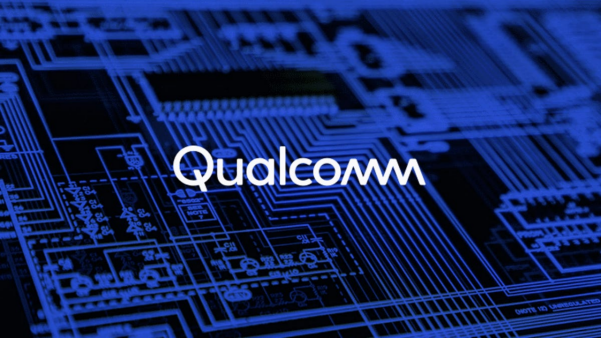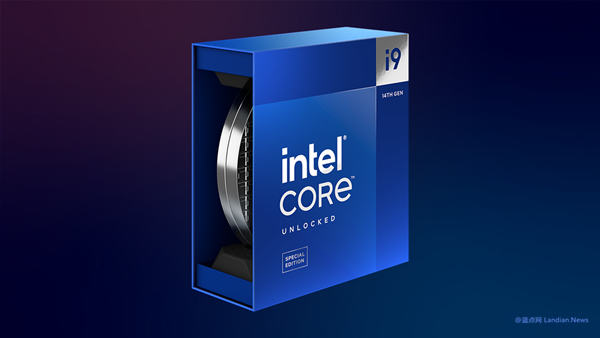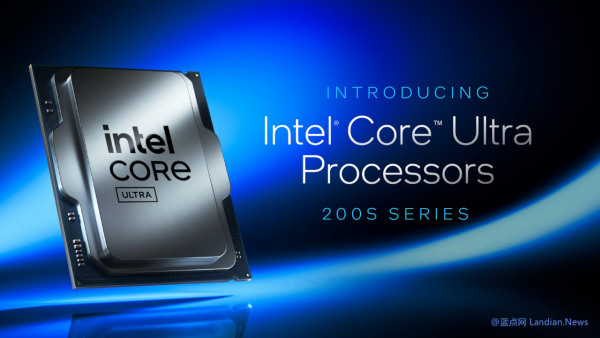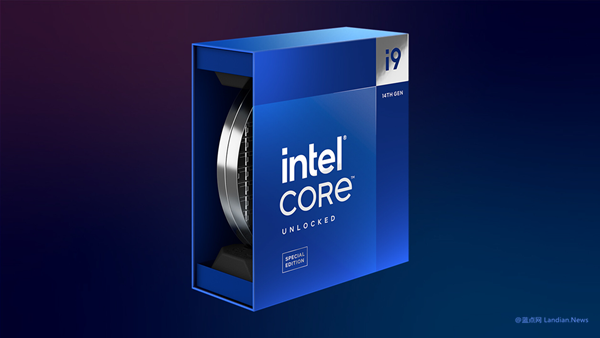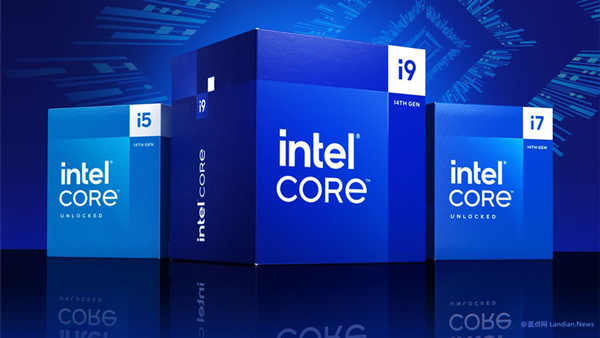VVC/H.266 Decoding: Intel Pioneers Support in New Lunar Lake Chips
Intel's recent unveiling of the Lunar Lake series processors marks a significant enhancement in video encoding and decoding capabilities. Integrated with the Intel Xe² graphics unit, this latest generation supports AV1 hardware encoding and decoding, and notably introduces support for VVC/H.266 hardware decoding.
VVC (Versatile Video Coding), launched by the MPEG consortium in 2020, is the successor to the HEVC/H.265 codec, but like its predecessor, it is subject to licensing fees. Despite being the latest video codec, VVC has struggled to gain significant market share, overshadowed by the widespread adoption of the open and royalty-free codecs such as VP9 and AV1.
At the time of HEVC/H.265's release, free codecs like VP9 and AV1 had not yet achieved mainstream adoption, allowing HEVC/H.265 to quickly dominate the market. However, by the time VVC arrived, AV1 had already garnered extensive support. The growing prevalence of AV1-compatible chips and websites has left VVC in an awkward position, struggling for relevance in a market leaning towards AV1.
Intel stands out as the first chip manufacturer to support VVC decoding, a move that neither AMD nor NVIDIA has made. The fact that a standard released four years ago has yet to receive widespread support highlights the challenging position VVC finds itself in.
While Intel's introduction of VVC support with Lunar Lake processors is a forward-looking step, it might not significantly shift the codec landscape, given the low market share of VVC. This could explain why competitors like AMD and NVIDIA have not prioritized VVC support.
Ultimately, it is expected that all major semiconductor companies, including AMD, NVIDIA, MediaTek, and Qualcomm, will eventually offer VVC support. Additionally, the Alliance for Open Media (AOMedia) is currently testing the AV2 standard, which is likely to see quicker adoption by manufacturers once finalized.
